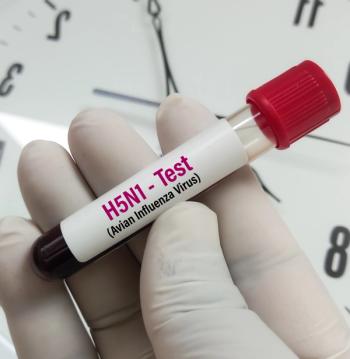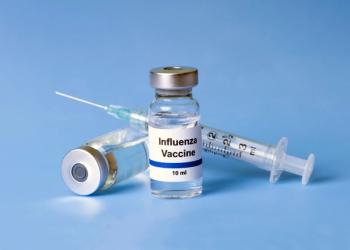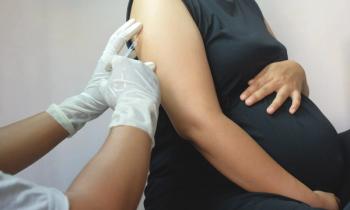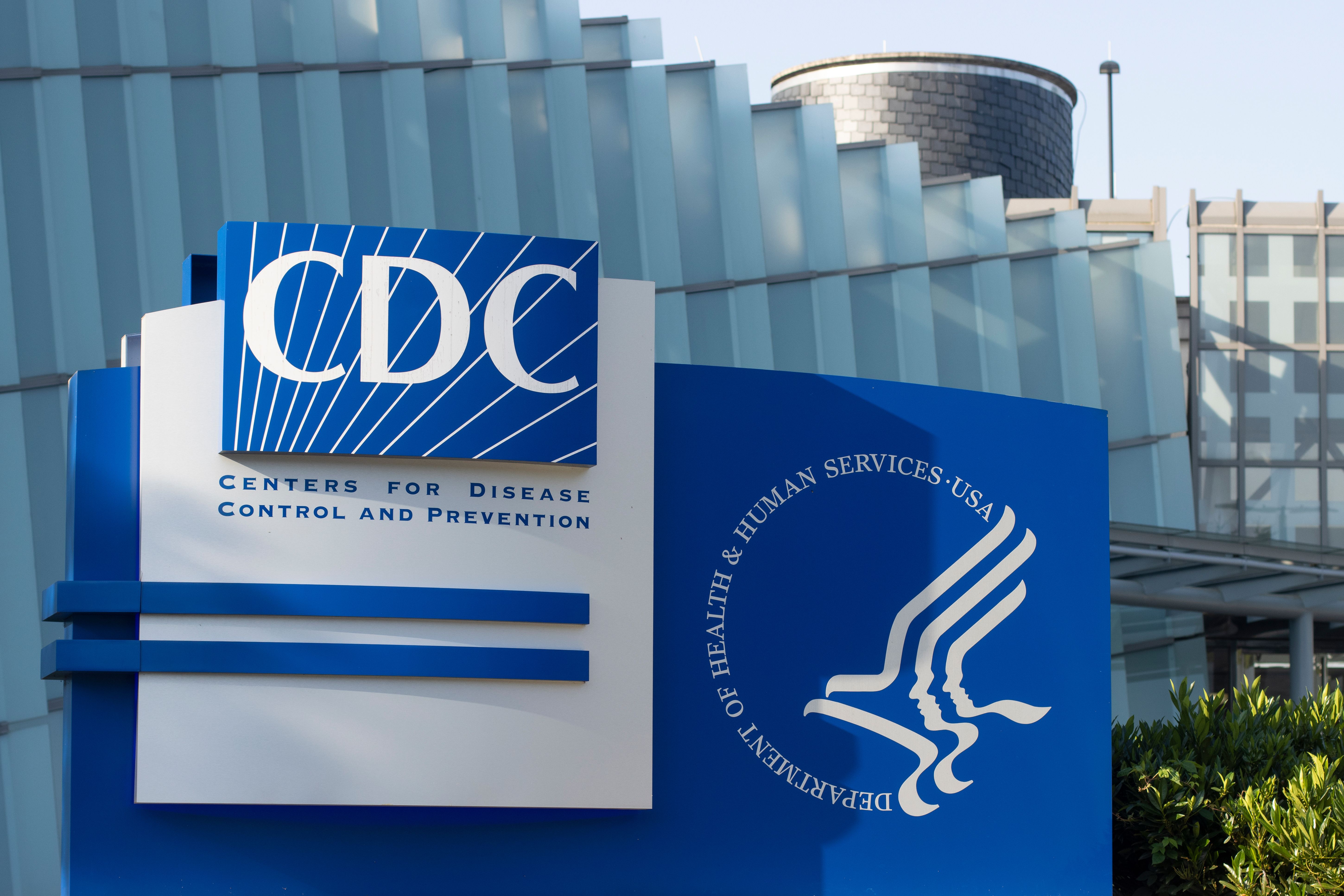
Influenza
Latest News
Latest Videos

CME Content
More News

Needle-free treatments, such as Neffy and FluMist, offer promising alternatives for children and adults with needle phobia, ensuring access to critical care.

Reportedly, the child experienced mild symptoms and has received flu antivirals.

From 2017-2018, antiviral treatment of hospitalized children with influenza ranged from 70%-86%. In the 2023-2024 season, it was less than 60%.

Donna Hallas, PPCNP-BC, CPNP, PMHS, FAANP, FAAN, highlights key takeaways from our October Vaccine issue of Contemporary Pediatrics.

In a recent study, infants of mothers with an influenza infection during pregnancy were significantly more likely to experience febrile seizures, but not epilepsy.

Trivalent seasonal influenza vaccines include 2 influenza A viruses (H1N1) and 1 influenza B virus.

In a recent study, infants of mothers with an influenza infection during pregnancy were significantly more likely to experience febrile seizures, but not epilepsy.

With this approval, FluMist becomes the first vaccine to prevent influenza that does not need to be administered by a health care provider.

IIV3s, RIV3, and LAIV3 influenza vaccines are expected to be available.

Among children born in 2020, vaccination coverage was 4 to 14 percentage points lower among those who were eligible for VFC versus non-eligible children.

ICD-10 accuracy varied by age of the patient, influenza season definition, time between onset and testing, and clinical setting.

Insights between the pandemics, with a highlight on the dose-response relationship, "could be valuable in preparing health care systems for future pandemics," concluded the investigators.

The investigators concluded that age-related risk differences "highlight the necessity for tailored strategies, improving understanding of and treatment development for RVIs."

According to the data, vaccination coverage in the United States has been lower in this influenza season compared to the previous season and to seasons before the COVID-19 pandemic.

Guidance now aligns with isolation recommendations for influenza and other respiratory illnesses.

Procalcitonin can be useful for point-of-care testing in patients with influenza-like illness and a prolonged fever, guiding the indication for a chest radiograph while helping to avoid radiation exposure.

Discover how recent research unveils the potential of psychological interventions in alleviating asthma attacks and mitigating associated psychological stressors, shedding light on promising avenues for asthma management.

Take this quiz and test your knowledge of the American Academy of Pediatrics' recommendations for routine use of influenza vaccines, medications for the prevention and treatment of pediatric influenza.

A new predictive model from Taiwan suggests cell-based quadrivalent flu vaccines may better egg-based options in reducing disease burden and improving the societal costs of the flu season among children and adolescents.

Investigators of a new study published in JAMA Pediatrics concluded that maternal vaccination was safe with regard to neurodevelopment of the child at ages 12 months and 18 months.

An expert pediatrician reviews vaccine coverage rates within the pediatric population, and addresses parents’ and guardians concerns when it comes to vaccinating children against influenza.

Review some of the top stories from the Contemporary Pediatrics website over the last week, and catch up on anything you may have missed.

A new study shows that, among the tridemic viruses, RSV was the leading cause of pediatric hospitalizations.

Main factors contributing to the hospitalization of pediatric patients with influenza A were abdominal pain, viral co-infection and some hematological abnormalities.

Todd Wolynn, MD, continues the discussion on egg-based vs cell-based influenza vaccines in pediatric populations, commenting on the limitations and concerns with traditional egg-based formulations.



















